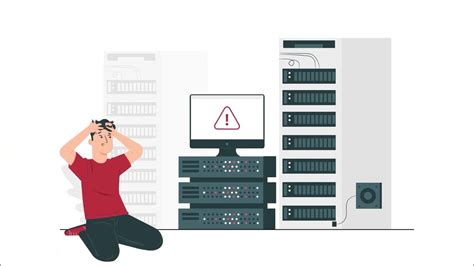How Does Virtualization Help With Disaster Recovery
Ronan Farrow
Mar 27, 2025 · 3 min read

Table of Contents
How Does Virtualization Help with Disaster Recovery?
Virtualization has become a cornerstone of modern IT infrastructure, offering significant advantages across various domains. One of its most compelling benefits lies in its contribution to robust and efficient disaster recovery (DR) strategies. By decoupling software from physical hardware, virtualization provides a flexible and cost-effective approach to mitigating the impact of unexpected events.
Understanding the Role of Virtualization in Disaster Recovery
At its core, virtualization allows you to create virtual machines (VMs) – essentially, software-based representations of physical servers. These VMs can run operating systems and applications just like their physical counterparts, but with key differences that greatly enhance DR capabilities:
1. Simplified Backup and Replication:
- Faster Backups: Backing up VMs is generally much faster than backing up physical servers. This is because you're backing up the virtual machine's configuration files and data, which are smaller than the entire physical server's hardware configuration.
- Efficient Replication: Virtualization platforms provide built-in replication features, enabling near real-time replication of VMs to a secondary location. This allows for quick failover in case of a disaster.
- Reduced Storage Requirements: Since VMs are smaller than their physical equivalents, storage requirements for backups and replication are considerably reduced, minimizing costs.
2. Enhanced Mobility and Flexibility:
- Easy Migration: VMs can be easily migrated between physical servers or even different data centers. This provides flexibility in choosing a recovery site and enables quick recovery times.
- Scalability: Scaling resources is significantly easier with VMs. You can quickly provision additional VMs to handle increased demand during and after a disaster recovery event.
- Portability: VMs can run on various hardware platforms, providing greater flexibility in choosing recovery infrastructure.
3. Cost-Effectiveness:
- Reduced Hardware Costs: Virtualization reduces the need for numerous physical servers, lowering capital expenditure on hardware.
- Lower Power Consumption: Fewer physical servers translate to lower energy consumption and reduced operational costs.
- Simplified Management: Managing VMs is generally easier and requires fewer IT resources compared to managing a large number of physical servers.
4. Faster Recovery Times:
- Quick Failover: With robust replication in place, failover to a secondary location can be achieved in minutes, ensuring business continuity.
- Reduced Downtime: Faster recovery means minimizing downtime, which is critical for businesses to avoid significant financial losses.
- Simplified Restoration: Restoring VMs is typically faster and easier than restoring physical servers.
Types of Virtualization for Disaster Recovery
Several types of virtualization contribute to effective DR strategies:
- Server Virtualization: This is the most common type, focusing on consolidating multiple servers onto a single physical host.
- Storage Virtualization: This abstracts storage resources, allowing for easier backup, replication, and management of data.
- Network Virtualization: This provides virtual network infrastructures, simplifying network management and enhancing connectivity during DR events.
Implementing a Virtualized Disaster Recovery Plan
Successfully leveraging virtualization for disaster recovery requires a well-defined plan that includes:
- Regular Backups and Testing: Regular backups and rigorous testing of your DR plan are crucial to ensure it works effectively when needed.
- Choosing a Recovery Site: Selecting an appropriate secondary site (on-premises or cloud-based) is vital for minimizing recovery time and ensuring data safety.
- Network Connectivity: Establishing reliable network connectivity between your primary and secondary sites is essential for seamless failover.
- Security Considerations: Security must be a top priority, ensuring that your virtualized infrastructure and data are adequately protected against threats.
By strategically utilizing virtualization technologies and implementing a robust disaster recovery plan, organizations can significantly improve their resilience to unforeseen events, minimize downtime, and safeguard their critical business operations. A proactive approach to disaster recovery using virtualization is not just a best practice, but a necessity in today's dynamic IT landscape.
Featured Posts
Also read the following articles
| Article Title | Date |
|---|---|
| How Long Do Goodyear Endurance Trailer Tires Last | Mar 27, 2025 |
| How Fast Can Ants Kill A Tree | Mar 27, 2025 |
| How Long Does It Take For Transmission To Cool Down | Mar 27, 2025 |
| How Do I Stop Pictures From Tilting On My Wall | Mar 27, 2025 |
| How Do Trucking Companies Verify Experience | Mar 27, 2025 |
Latest Posts
Thank you for visiting our website which covers about How Does Virtualization Help With Disaster Recovery . We hope the information provided has been useful to you. Feel free to contact us if you have any questions or need further assistance. See you next time and don't miss to bookmark.
